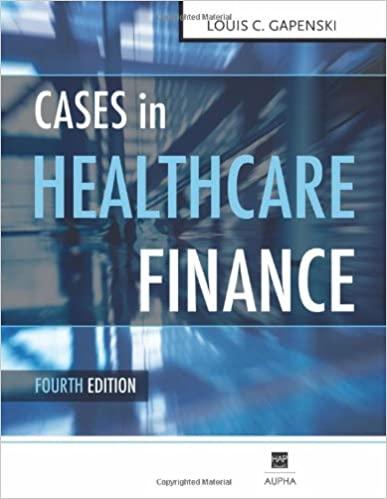Answered step by step
Verified Expert Solution
Question
1 Approved Answer
In this problem you are trying to value an employee stock option. The option is granted with a 4 year vesting period; i . e
In this problem you are trying to value an employee stock option. The option is granted with a year vesting period; ie it can only be exercised only after years from the time it is granted. The option has a strike price equal to the stock price at the time it is granted. If an employee leaves the company before the option is vested, then the option is forfeited. If an employee leaves the company after the option is vested, then the option has to be exercised immediately at the time the employee leaves if it has any intrinsic value; ie if the stock price at the time exceeds the strike price. The option has a year maturity; ie if it has not been exercised before, it must be exercised years after it is granted as long as the option payoff is positive Assume that a vested option is exercised prior to maturity only if the stock price is at least times the exercise price the multiple of is based on historical information on exercise behavior by employees Further assume that, each year, there is a probability that the employee will leave the company. For each part below, calculate the value of the employee stock option using annual time steps. Assume that the current stock price is $ and that the logarithmic annual returns of the stock are normally distributed with mean of and standard deviation of Assume that the discount rate is Use iterations. Calculate the value of an option for a single share of a company. Calculate the value of the option for a single share of the company, if the probability of the employee leaving the company depends on the companys performance: in years where the stock price of the company increases, the probability of an employee leaving is still while in years where the stock price of the company decreases, the probability of an employee leaving is Hint If the logarithmic return for year is r and todays price is $ then the price after year is given by $ times expr where expr is the exponential function with argument r The exponential function in Excel is given by exp Hint If the strike price of an option for a single share of the stock is $ then the option is only exercised if the price, at the time of exercise is above $ otherwise it is worthless. The value of the option is equal to the difference between the stock price at the time of exercise and the strike price. For example, if the stock price at the time of exercise is $ the option value is $ If the stock price at the time of exercise is $ the option value is $
Step by Step Solution
There are 3 Steps involved in it
Step: 1

Get Instant Access to Expert-Tailored Solutions
See step-by-step solutions with expert insights and AI powered tools for academic success
Step: 2

Step: 3

Ace Your Homework with AI
Get the answers you need in no time with our AI-driven, step-by-step assistance
Get Started


